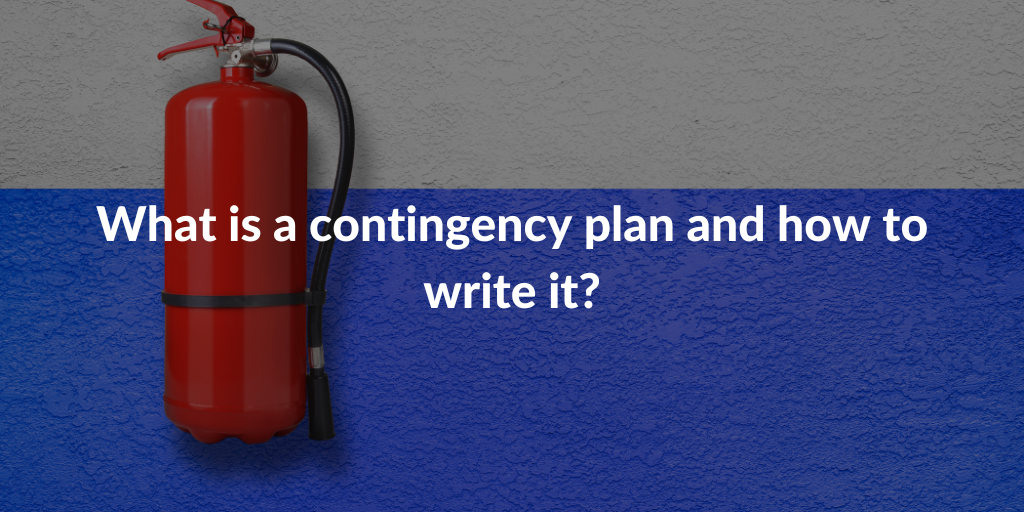Categories
Tags
Newsletter
Subscribe to the QRP International neswletter and get all the news on trends, useful contents and invitations to our upcoming events
Subscribe
The business contingency plan is a document that all organisations should prepare before starting work on a project. It’s especially important for project teams in order to understand how to intervene in the event of accidents and contingencies.
In most cases, no project is completed without any (minor) hiccups or incidents. In order not to lag behind the planned schedule and to meet all the demands agreed with the customer in terms of product release, it is essential for a project manager to create and maintain an accurate business contingency plan so that the organisation knows how to react in case of emergencies.
The mitigation plan is a preventive measure and its purpose is to decrease the probability of a risk occurring or reduce the impact of its consequences, which is why it is essential that it is implemented as soon as possible.
The contingency plan, on the other hand, is a corrective measure and is implemented when the risk has already occurred in order to contain it as quickly as possible and with the least desirable consequences, limiting any damage or delays.
1. Carry out a BIA (Business Impact Analysis), to identify and prioritise all the elements, factors and components that are fundamental to the organisation and the achievement of its mission.
2. Identify the main risks and specific events that could occur, thus necessitating the implementation of the contingency plan. For this activity it may be optimal to brainstorm involving professionals from more technical departments who can broaden the perspective.
3. Prioritise risks on the basis of their impact.
4. Create a contingency plan for each event identified and define the actions that will be required. In addition, each step of the contingency plan must cover and identify
5. Share the plan by defining clear guidelines regarding reporting and communication activities throughout the plan implementation:
6. Monitor the plan regularly to ensure it is up to date.
The drafting of a contingency plan is often seen as an activity in which little budget is invested: since a contingency may never occur and therefore the contingency plan may never be implemented, there is a tendency to underestimate its real importance. This superficiality may actually lead to the failure of the project .
Team members may be overconfident about the success of plan A and turn out to be unmotivated in the implementation of plan B.
The other actors involved in the realisation of the project may not have been involved in the creation of a contingency plan, or if so in an ineffective manner. This can also have strong repercussions on the effectiveness of a well-structured contingency plan.
It may happen that a risk is not correctly identified. Mistakes of this kind could jeopardise the success of the entire contingency plan.
Also read:
How to write a Project Status Report?
How to write a Business Case (BC)?
How to write a PID (Project Initiation Documentation)?